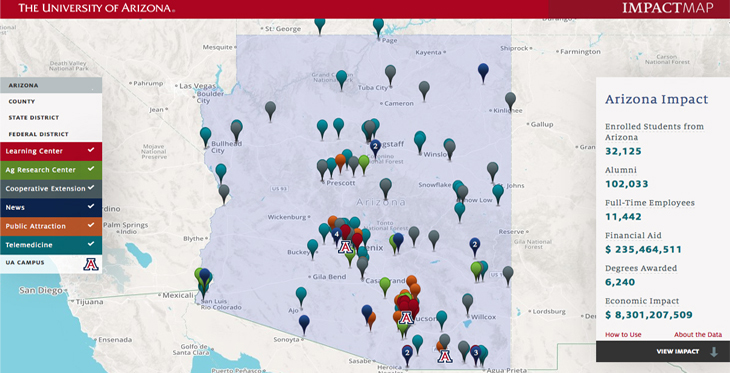At a time when small rural hospitals are increasingly closing their doors, Bisbee’s Copper Queen Community Hospital is bucking the trend.
One can point to a number of reasons why the 14-bed critical access hospital, 10 miles north of the Arizona-Mexico border, is able to maintain a healthy bottom line. One reason is Copper Queen’s robust use of telemedicine.




